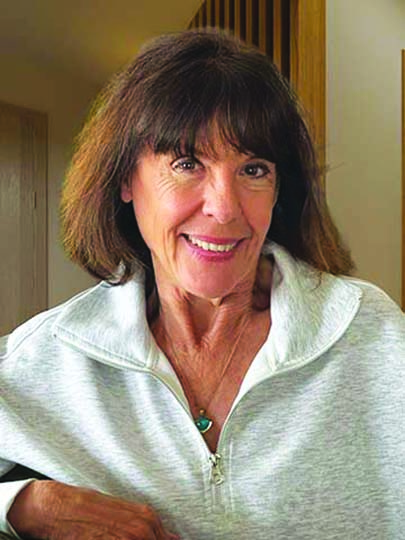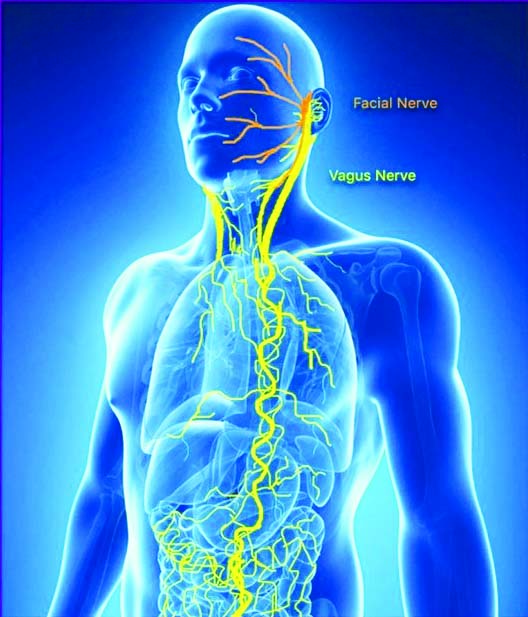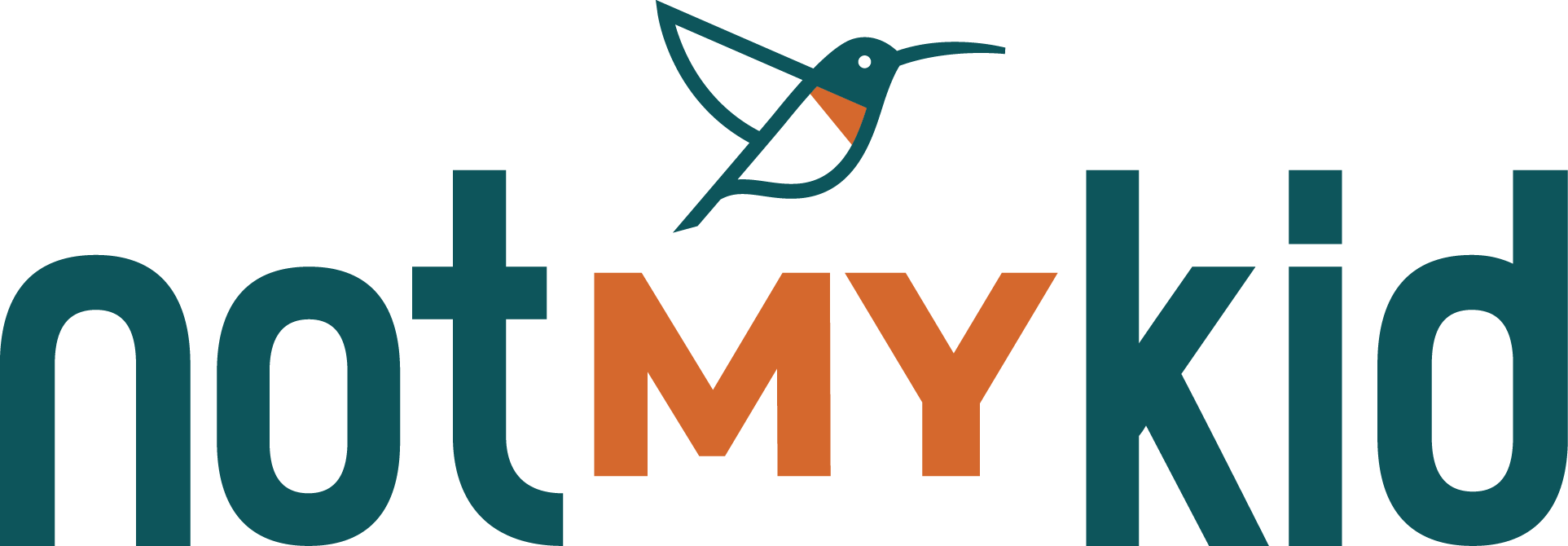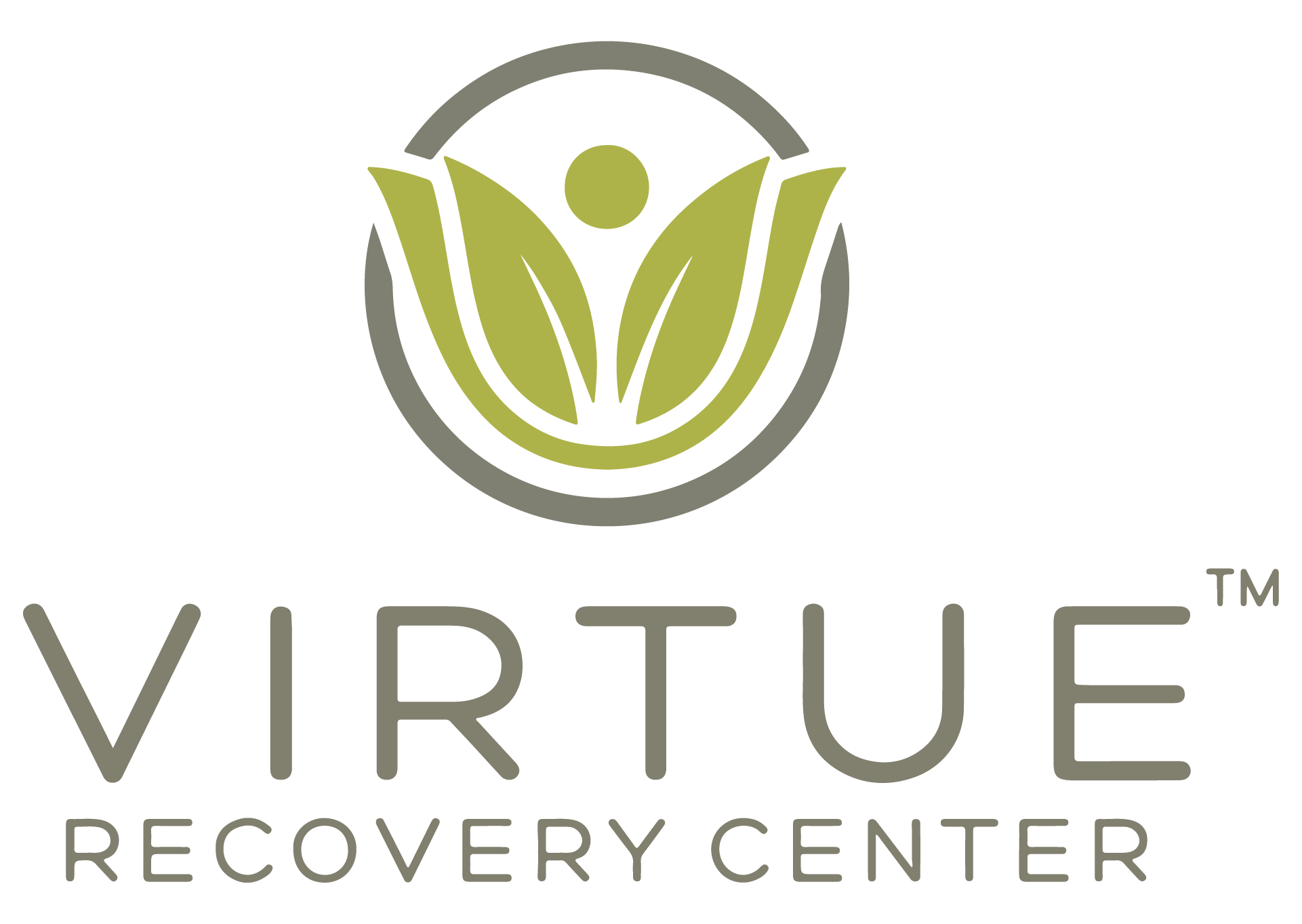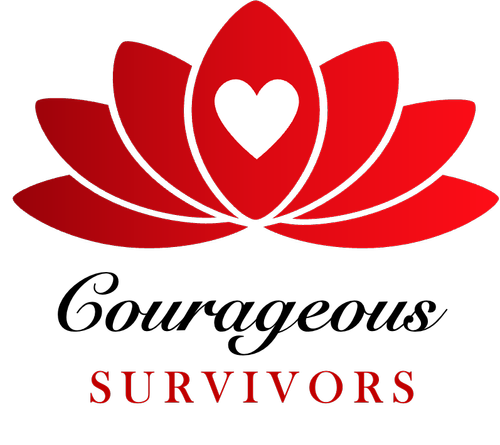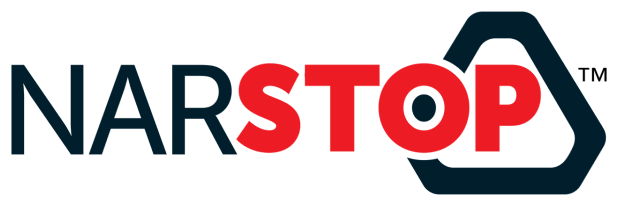By Dr. Jon G. Caldwell, D.O
Over 2,500 years ago, in Athens Greece, playwrights like Sophocles introduced a form of theatrical art known as the tragedy. Greek tragedies typically dealt with weighty themes such as betrayal, loss, pride, jealousy, rage, love, courage, honor, life and death. Often these dance-dramas also explored man’s relationship with God and the existential challenges that are part of the human condition. Actors wore elaborate masks with exaggerated facial expressions so that their character’s role, emotional state, and intentions might be accessible to the audience. Commonly, one actor played several characters during the course of the theatrical performance, changing masks for each character and sometimes for each scene.
Our Scripts
Fast-forward to our lives today and the Greek tragedy might be used as a metaphor for some of the key aspects of recovery from trauma and addiction. Like an actor in a play, often we are reacting to life’s existential challenges according to a script. This script can influence how we move about on the stage of life; it can spell out our roles in relation to others, how we think and feel, and how we act in various situations. From the first moments of conception and throughout development, by way of ongoing interactions between ourselves, others, and the environment, this narrative is written into our psychobiology — it becomes an implicit script in the mindbody system.
Moreover, similar to actors in Greek tragedies, our implicit scripts encourage the use of certain masks or personas. In many ways, this is completely natural and necessary for a life in which we play many different roles. For most of us, the scenes on life’s stage are constantly changing; we may transition from a family mask to a work mask, then to a friend mask, and back to a family mask, all within
the course of one day. However, unlike the actors in a Greek tragedy, for us these personas are not distinct, separate people — they are aspects of a single being, linked together by the person behind the masks. For some of us, our own life resembles a Greek tragedy, with painful experiences of betrayal, loss, abandonment, and trauma. These experiences are written into the mind-body
script that tacitly flavors our thoughts, feelings, and behavior. Some of these life events can be so traumatic that we don’t even want to look at the script — we would rather not face the reality of our situation, it’s just too painful. Yet, our bodies and minds still play the part, even when we don’t pay attention to the script; something happens on the stage of life and we just react according to our past
experiences, maybe without even being aware of the script.
Also, when there are painful and traumatic aspects to our life scripts, wearing a mask can become an adaptive way to hide our vulnerabilities from ourselves and others. The various personas create a sense of security and a safe distance from the troubling realities deep behind the masks. While this strategy is protective, over time it can further obscure the truth of our scripts and disconnect us from
what drives our thoughts, feelings, and actions. In fact, under these circumstances, we risk
becoming over-identified with the personas, forgetting who is actually looking through the masks. We become disconnected from the truth of who we really are and we cannot see the truth of others around us.
The Rawness of Our Reality
Moreover, sometimes these protective measures fall short and the truth of our scripts threatens to come bubbling up into awareness. In those moments, the pain, fear and shame can seem overwhelming, leading to desperate attempts to push it all back out of awareness. Compulsive behaviors with drugs, sex, relationships, and food will facilitate temporary relief from the vulnerability and pain of our tragedy scripts. While addiction can force the rawness of our reality out of awareness for a while, it comes with a whole host of complicating problems. In time, addictions only add painful prose to the narrative of our mindbody scripts and further disconnect us from
our truth and from people that we love. For several decades, Pia Mellody has been encouraging people to remember and rediscover the truth behind the masks and to face reality without addiction. For her, what started as a journey to understand the dis-ease of codependence, so that she could better help her clients, turned into an elegant, comprehensive model for addiction recovery. This model continues to be used at The Meadows of Wickenburg, a world-renowned treatment center, and has been a source of healing for many patients and practitioners.
Codependence and Addiction
You might ask, “How is codependence related to addiction?” Pia Mellody kept asking herself this same question when she repeatedly encountered the coexistence of these two conditions in her clients. What she and her colleagues came to understand is that codependence and addiction are frequently linked together by a history of childhood abuse and neglect. These traumatic experiences
can be overt (i.e., big “T”), as in the case of physical or sexual abuse, or covert (i.e., little “t”), as in the case of emotional abuse, abandonment, enmeshment, and loss/death. Relational trauma of this kind often results in deep wounds, painful paragraphs in our mindbody scripts, which can lead to developmental immaturity and negative consequences for adult functioning.
More specifically, Pia Mellody found that people usually entered recovery treatment because of addiction, mental/emotional symptoms, resentment/anger, negative control of others, intimacy/relationship problems, and impoverished spirituality. However, usually these issues only become “problems” because other people tell the person in treatment that they are indeed problematic! Yet, given an opportunity to step back from the tornado of unmanageability created by these issues, most people in treatment are able to admit that help is necessary.
Pia Mellody came to understand that these presenting problems were only “secondary symptoms” of deeper, core developmental issues that are frequently related to childhood trauma. She surmised that relational trauma causes an individual to become polarized along five core dimensions of development:
1) self esteem (less than versus better than),
2) boundaries (too vulnerable versus invulnerable),
3) reality issues (bad/rebellious versus good/perfect),
4) dependency (too dependent versus needless/wantless), and
5) moderation (too little versus too much self-control).
Furthermore, she discovered that when people are able to address their childhood wounds and identify their core issues of developmental immaturity, they discover a measure of reprieve from the secondary symptoms of addiction and relationship turmoil.
Pia Mellody has consistently taught that the recovery process requires that we honestly and courageously face the truth of our past, both what has been done to us and what we have done to others. It is no coincidence that she titled her now-classic book “Facing Codependence.” As suggested by Pia Mellody, “The recovery process is about living more in truth than lies.” Yet, paradoxically, the painful truth of our mind-body scripts is what drove us to hide behind the masks and disconnect through addictive processes. The prospect of facing the reality of our condition doesn’t appeal to many people — that is why the bottom can be so low.
So, how do we go about facing the truth of our scripts and reacquaint ourselves with the person behind the masks? Here are a few suggestions:
- Develop a willingness to surrender. In the recovery process, a willing heart can take us a long way. The path of recovery has many twists and turns and very often we don’t know what is around the next
bend. Remembering the powerless and unmanageability of our past can invite the willingness we need to surrender to the recovery process. - Be willing to accept help. Recovery isn’t a solitary affair. Often we need the help of a director or producer when facing the truth of our tragedy scripts. Guidance and support can be found in friends and family, recovery communities, professional treatment, and something or someone wiser and vaster than us (i.e., nature, spirit, higher power, etc).
- Cultivate self-compassion and patience. Under the gentle, soft stage-lights of self-directed compassion and patience, we can begin to peer into the darkness behind the masks and face the perilous paragraphs of our mind-body scripts. Rugged honesty isn’t the same as selfdefeating
judgment and blame. Let us be kind to ourselves. - Some discomfort is inevitable. As we learn to accept and be with the uncomfortable
sensations, emotions, and thoughts associated with our implicit scripts, we find that these mind-body states are generally transitory, like storm clouds moving across a desert landscape.
Gradually, our recovery can become imbued with a quiet confidence that we can weather life’s storms. - Recovery is about growing up. If trauma leads to developmental immaturity, as suggested by Pia Mellody, then recovery must be a maturational process. Don’t fight it – let go of old ways and exercise a willingness to embrace new, more mature ways of living.
- Recovery involves grieving. As we more fully inhabit and live from our truth, we can expect to grieve what we didn’t ever receive, what we lost along the way, and the gradual disillusion of the fantasies that we created about ourselves and others.
- It’s a process, not a destination. It is tempting to think of recovery as a goal or a to-do item to be checked off. But, in recovery, no one ever truly arrives… each step on the path brings fresh challenges and opportunities. “Life is a mystery to be lived, not a problem to be solved.” ~
Søren Kierkegaard.
Perspectives and practices like these support a recovery process where we begin to live more in truth than in lies. The traumatic narratives of our tragedy scripts are not necessarily erased, but they can be rewritten and reinterpreted on the stage of life. Gradually, we become less invested in, and identified
with, our various masks – we are able to more comfortably embody the person looking through the masks.
In many ways, the recovery process is about becoming more conscious – more connected with the truth of ourselves and others. Within this field of heightened consciousness there begins to be enough space and security for the emergence of an authentic self. Generally, this kind of conscious presence brings us into contact with our own humanity, our foibles, short-comings, character defects, and
our deepest wounds. However, at the same time we are able to make intimate contact with our own immutable and unconditional worth.
In that authentic space of conscious awareness we come back home to ourselves and, if only for a moment, we experience our wholeness. When we are at home with ourselves, we are better able to make meaningful connections with other humans, all creatures, nature, and a higher power. This is the essence of spiritual practice; ultimately, this is the spiritual path. May we all find and inhabit this
path of recovery by facing the truth behind our masks.
